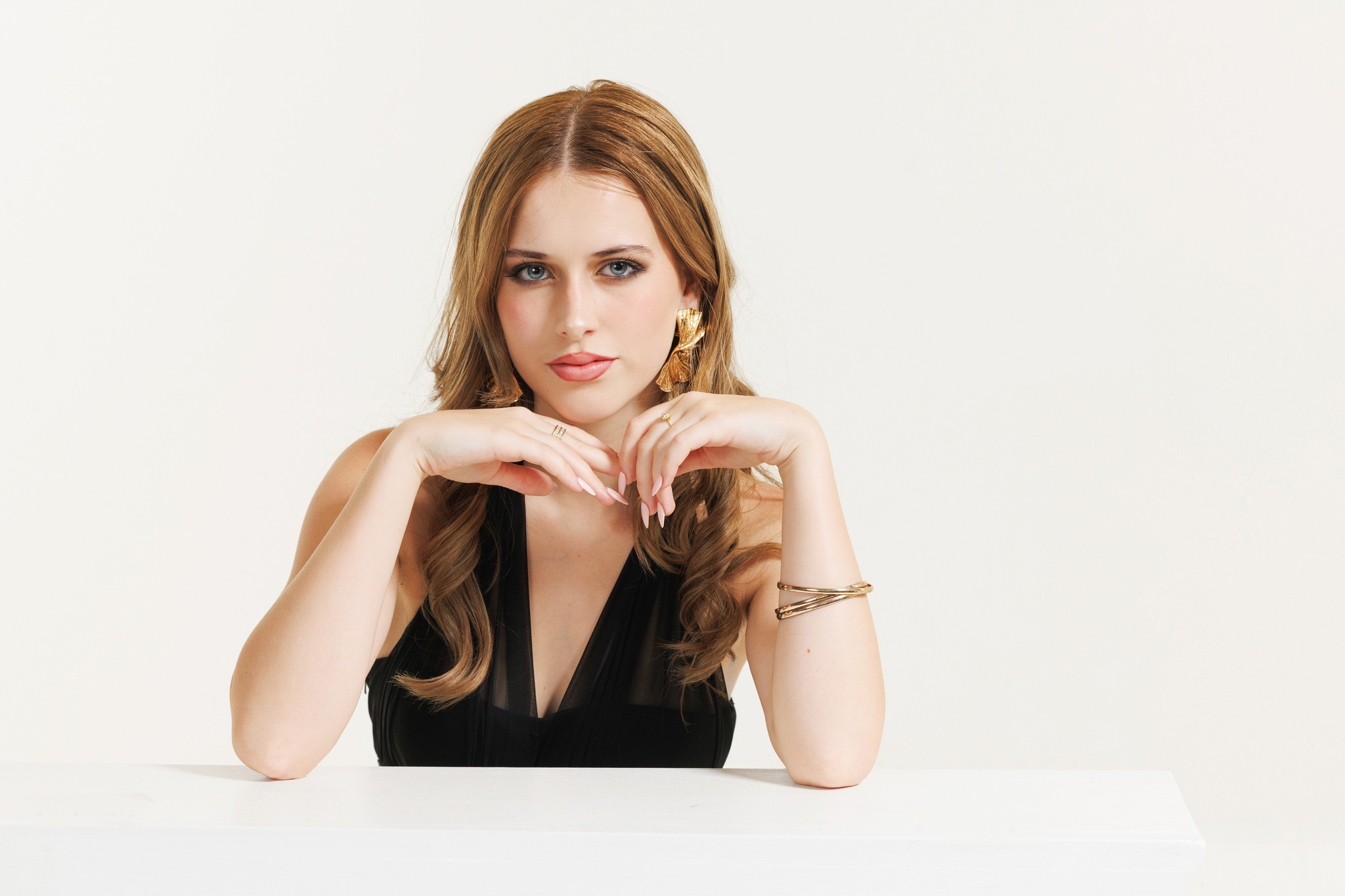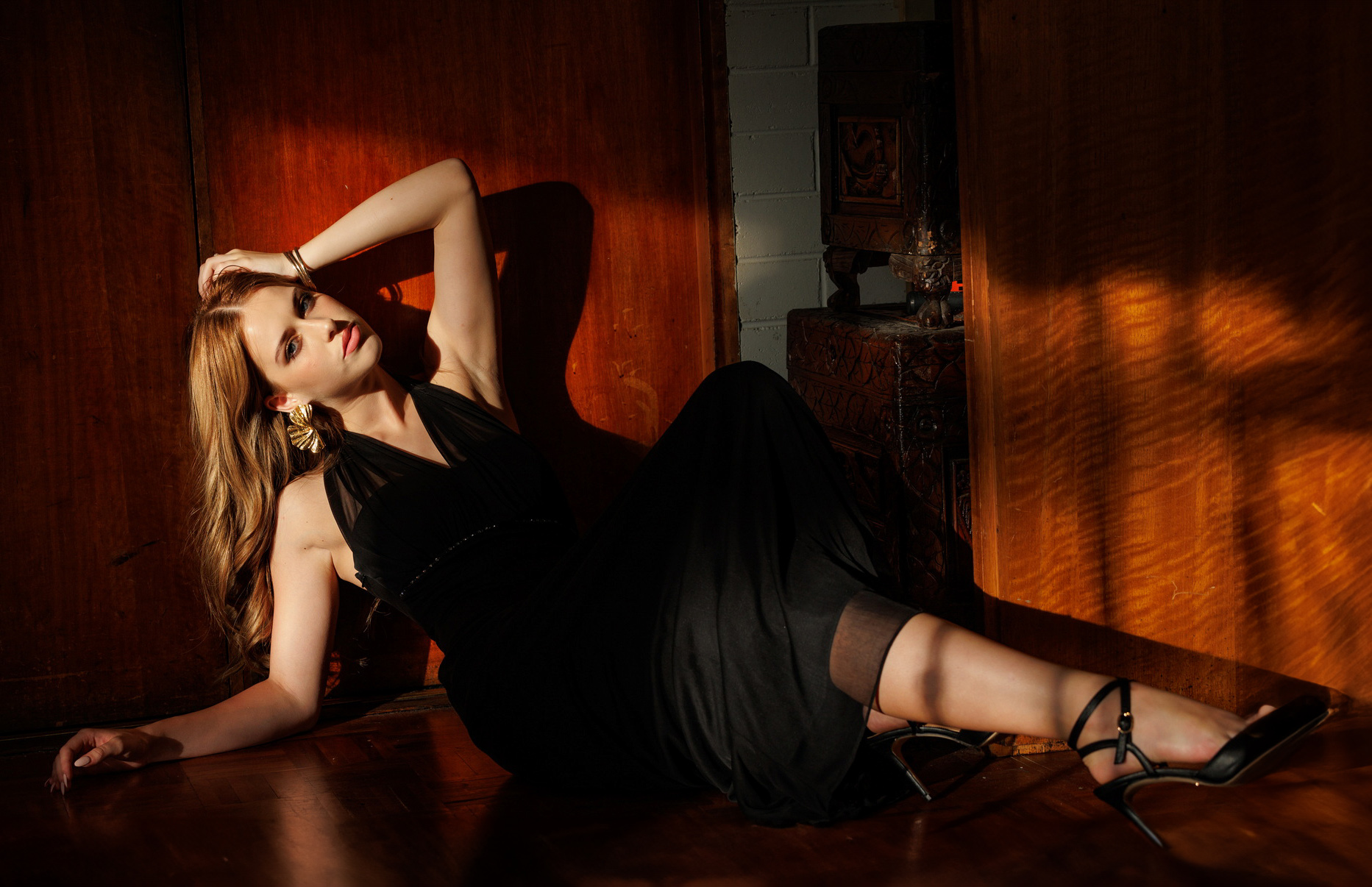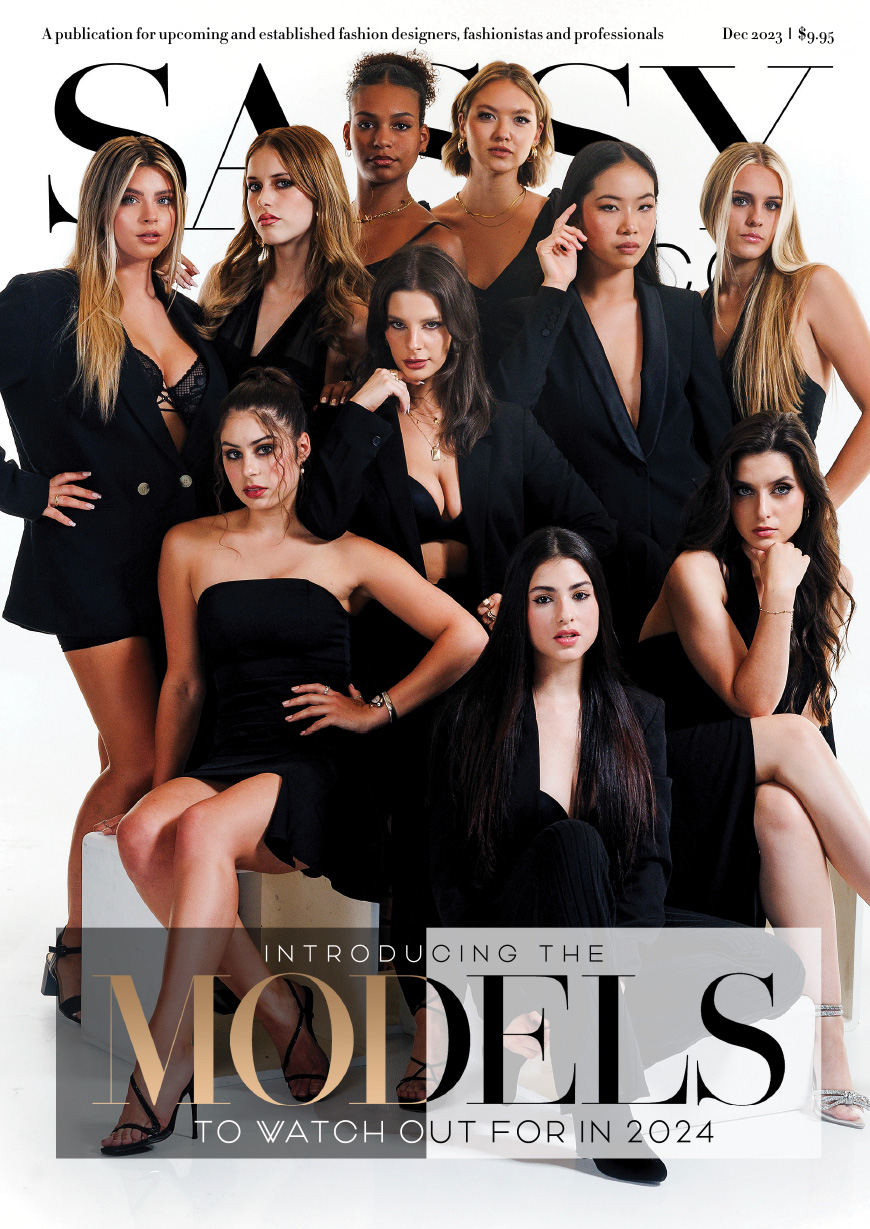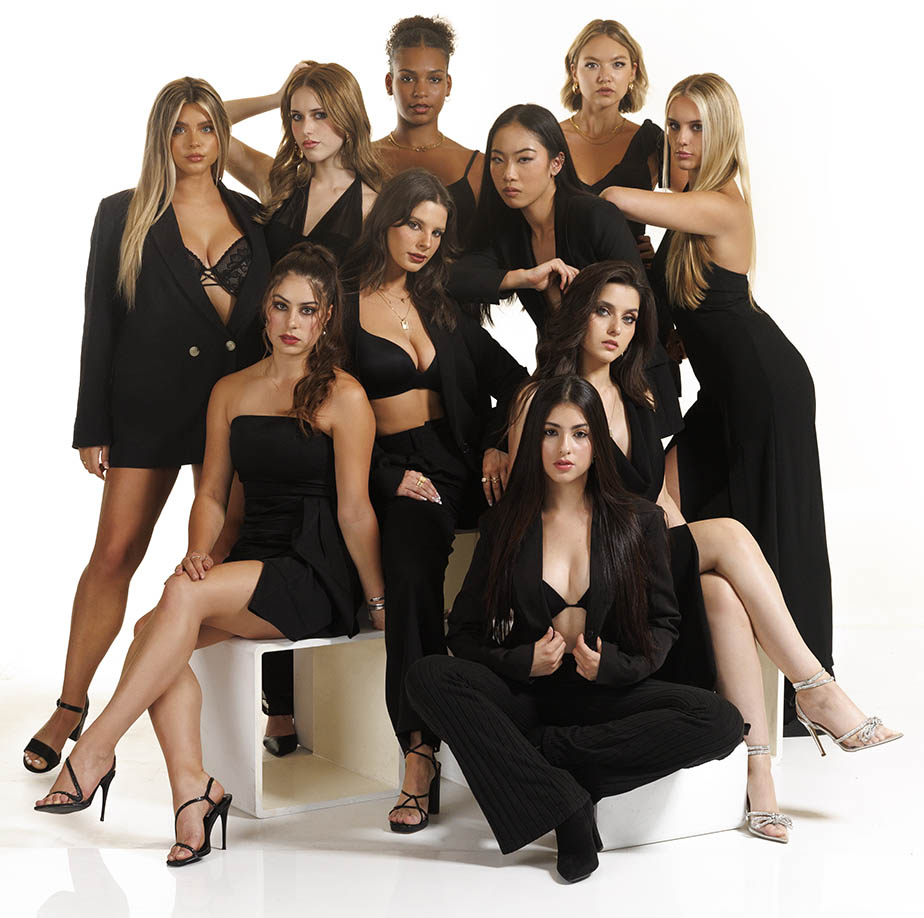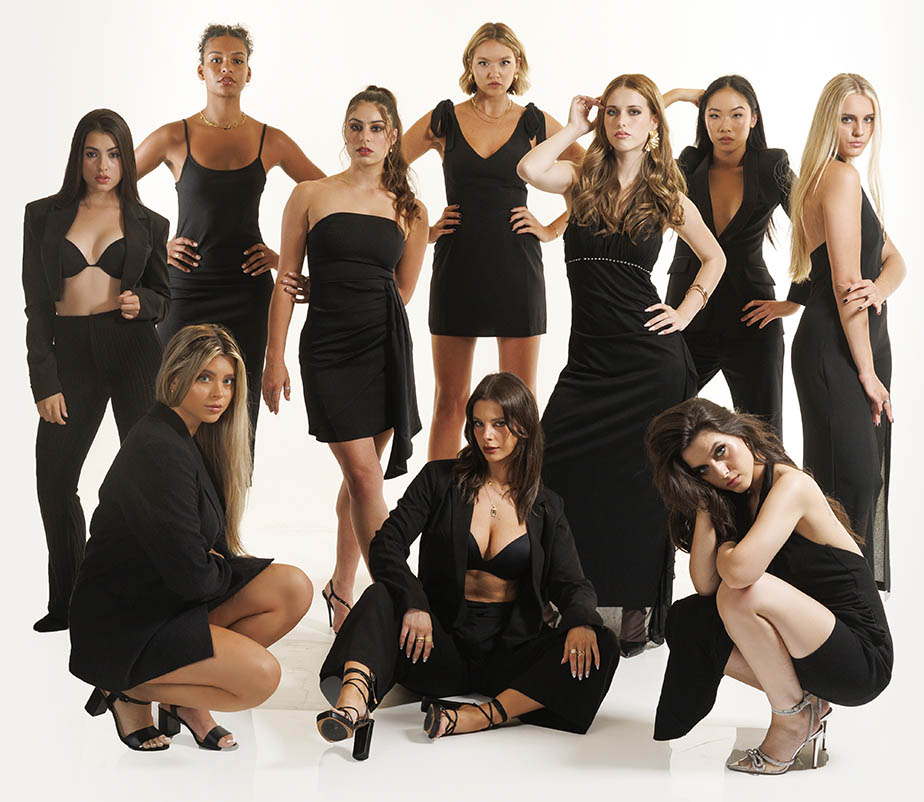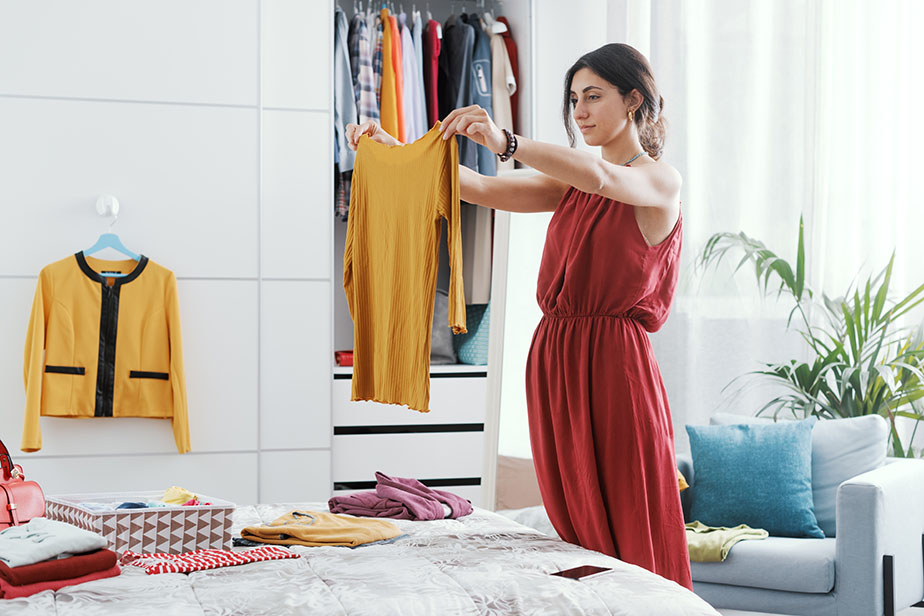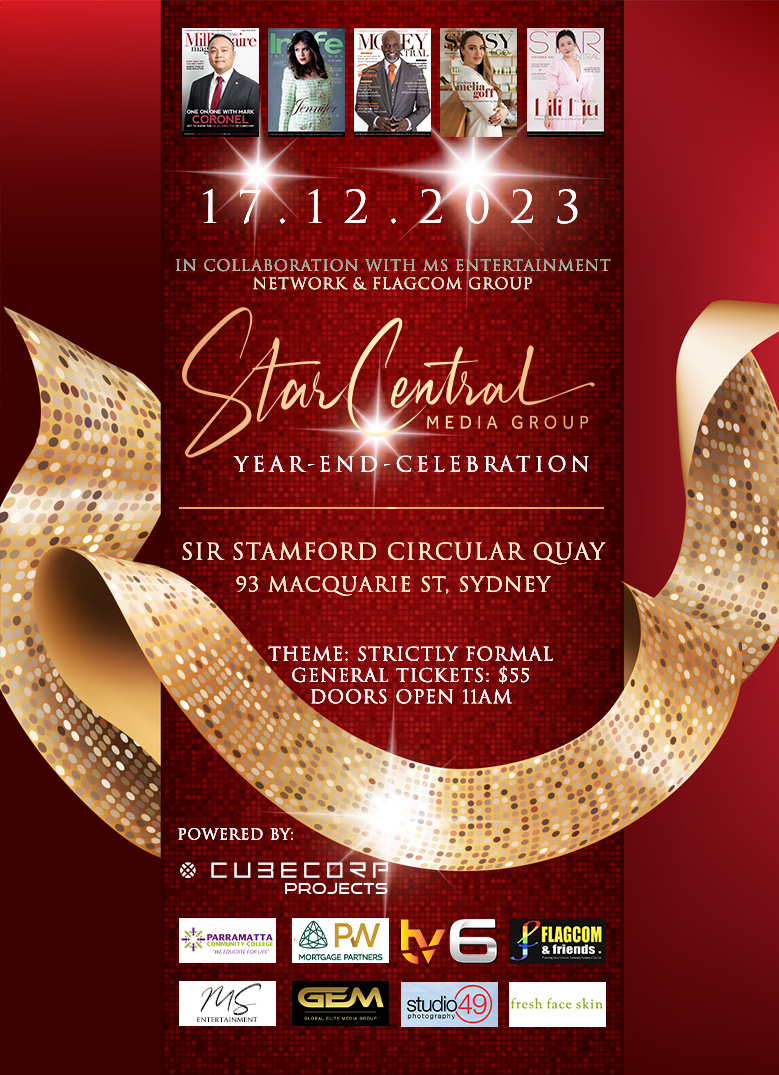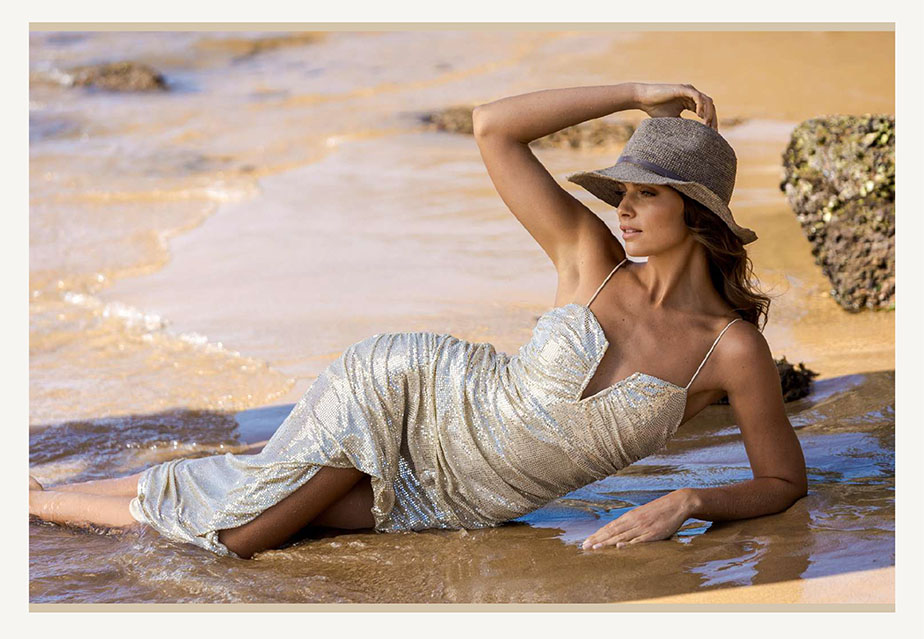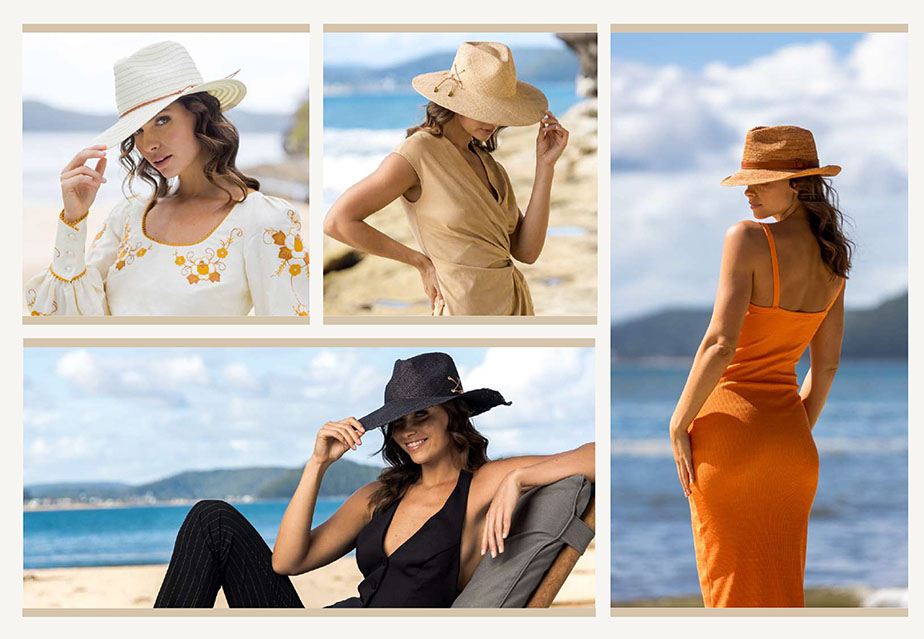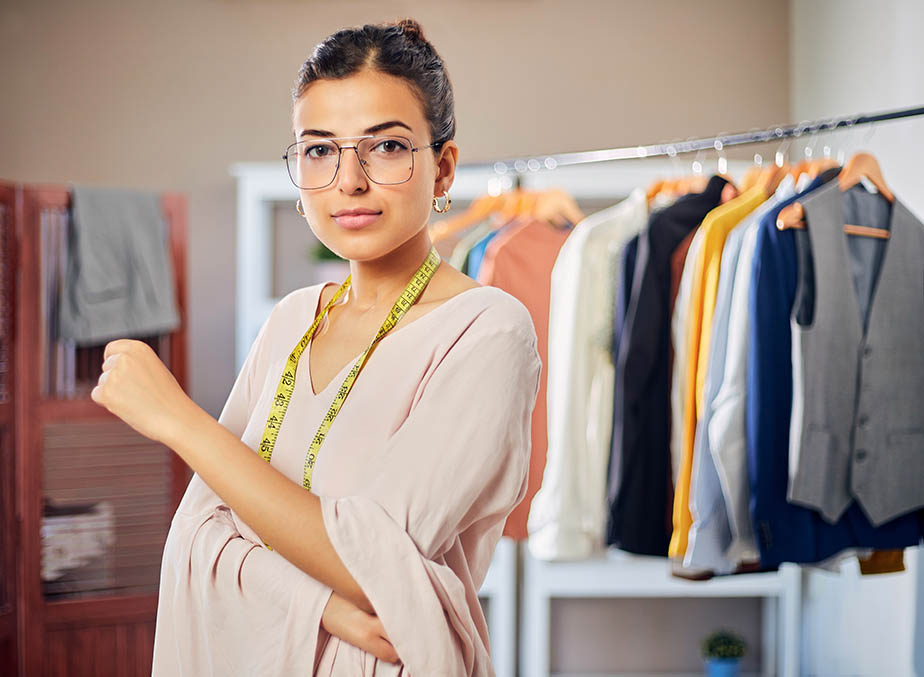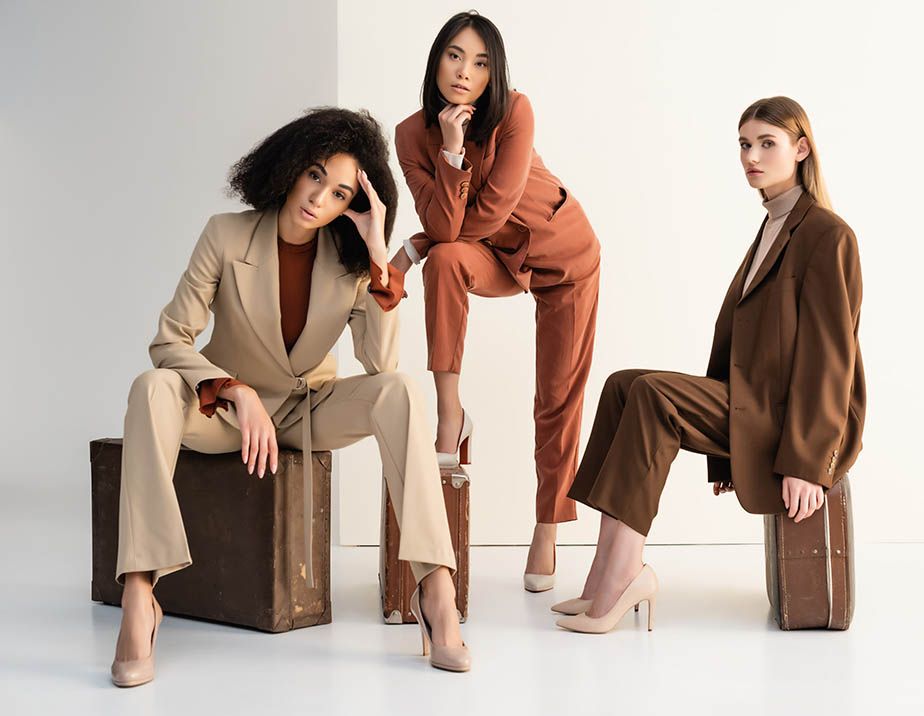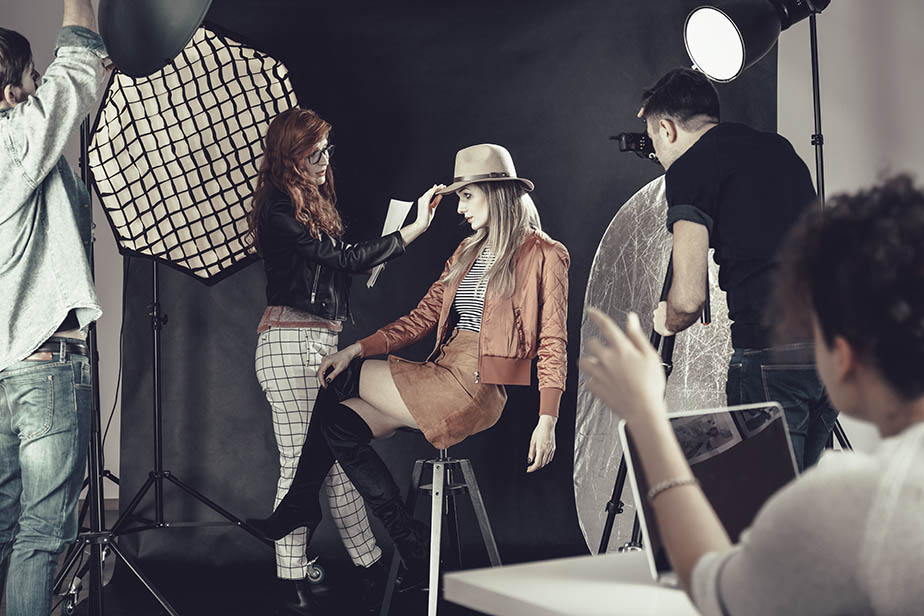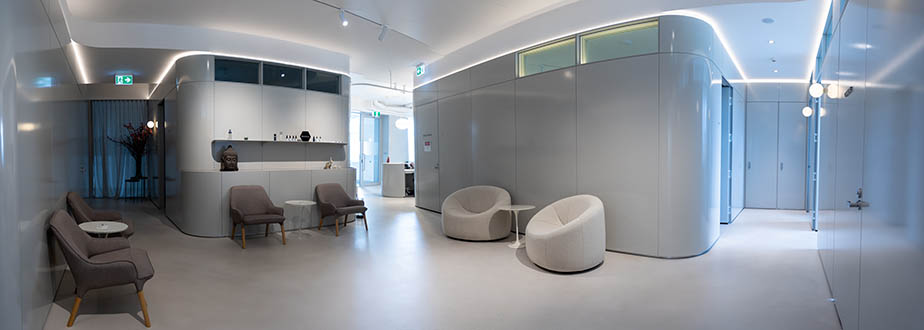
There are many anti-aging face creams, serums, and treatments on the market today that help to tighten skin and reduce wrinkles. One treatment to consider is a non-surgical thread rejuvenation.
In this article, we discuss thread rejuvenation in Sydney and how they have the potential to improve your appearance without the need for invasive surgery. This article was also written in consultation with Dr Danae Lim, a Medical Practitioner at Shape Clinic Darlinghurst, who has expertise in the field of aesthetic medicine.
Thread Rejuvenation Explained
Firstly, what is thread rejuvenation? Thread procedure, also referred to as a thread lift or thread rejuvenation, is a minimally invasive cosmetic procedure using threads to elevate and firm the skin. The threads employed in this procedure consist of absorbable materials that dissolve over time.
Dr Danae Lim says that Shape Clinic offers a selection of polydioxanone threads – PDO for short – which is a type of dissolvable suture material that has been used in the human body for over three decades. The PDO or polydioxanone threads are introduced into the skin through a needle and then gently pulled to lift and tighten the skin. While this procedure is typically performed on the face, neck, and jawline, it can also be applied to other body areas.
The threads used in thread rejuvenation work by encouraging the body’s natural production of collagen and elastin. Collagen and elastin are proteins naturally generated by the body and are responsible for maintaining skin firmness and elasticity.
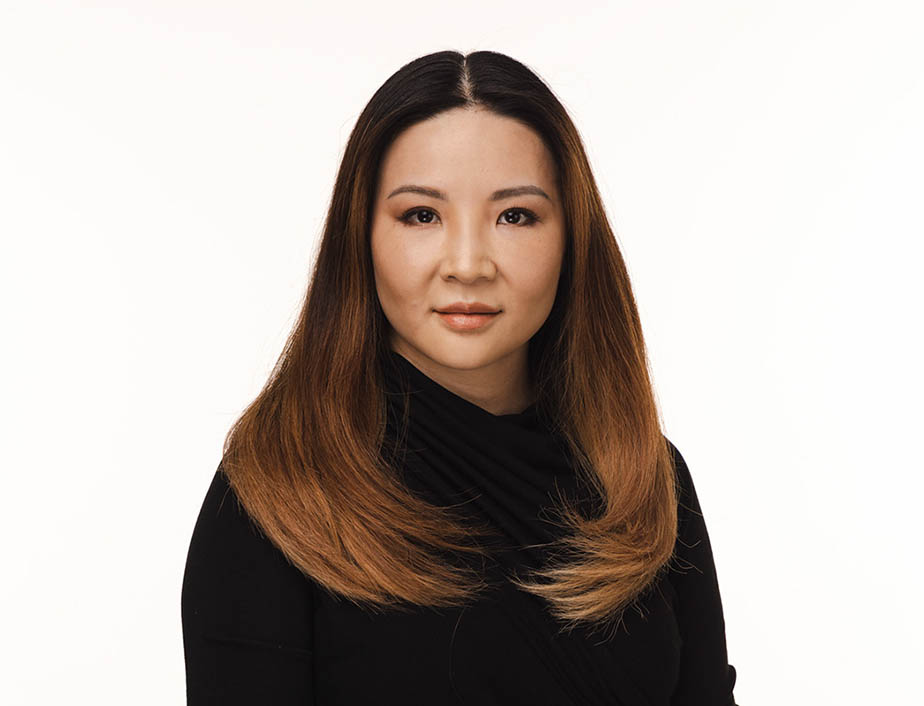
Different types of Threads
According to Dr Danae Lim, smooth mono (single) and double (braided) threads were originally used to stimulate collagen and firm the skin when positioned just beneath the skin. But there are other types of threads that provide different outcomes.
Dr Danae Lim explains that she now uses barb threads, screw cog threads and spring coil threads. Barb or cog threads are thicker than other threads and can provide a degree of mechanical lift when inserted into the superficial fat layers of the face and neck.
Screw cog threads, which are not as thick as typical barb or cog threads, can be used to address localised areas of facial heaviness.
Spring coil or filler threads, which resemble the coiled springs found in a ballpoint pen or spring mattress, can be used for volume. Spring coil threads are also used to address specific areas of the face and can provide mechanical lift to the nasolabial folds, cheeks, and jowls.
Benefits of Thread Rejuvenation
Thread rejuvenation is minimally invasive by nature. It can be performed using local anaesthesia and involves short downtime. Most patients can resume normal activities within a few days or even on the same day as the procedure. Threads tend to be more cost-effective than other types of treatments.
Patients are often attracted to thread rejuvenation due to the natural-looking results they offer. The threads are discreetly inserted into the skin and become invisible once the skin has healed. This means that there are no noticeable scars or signs of the treatment.
Threads are very versatile as they come in different lengths, types, and thicknesses. This allows for customisation according to each patient’s specific needs and target areas.
What to Expect with a Thread Rejuvenation
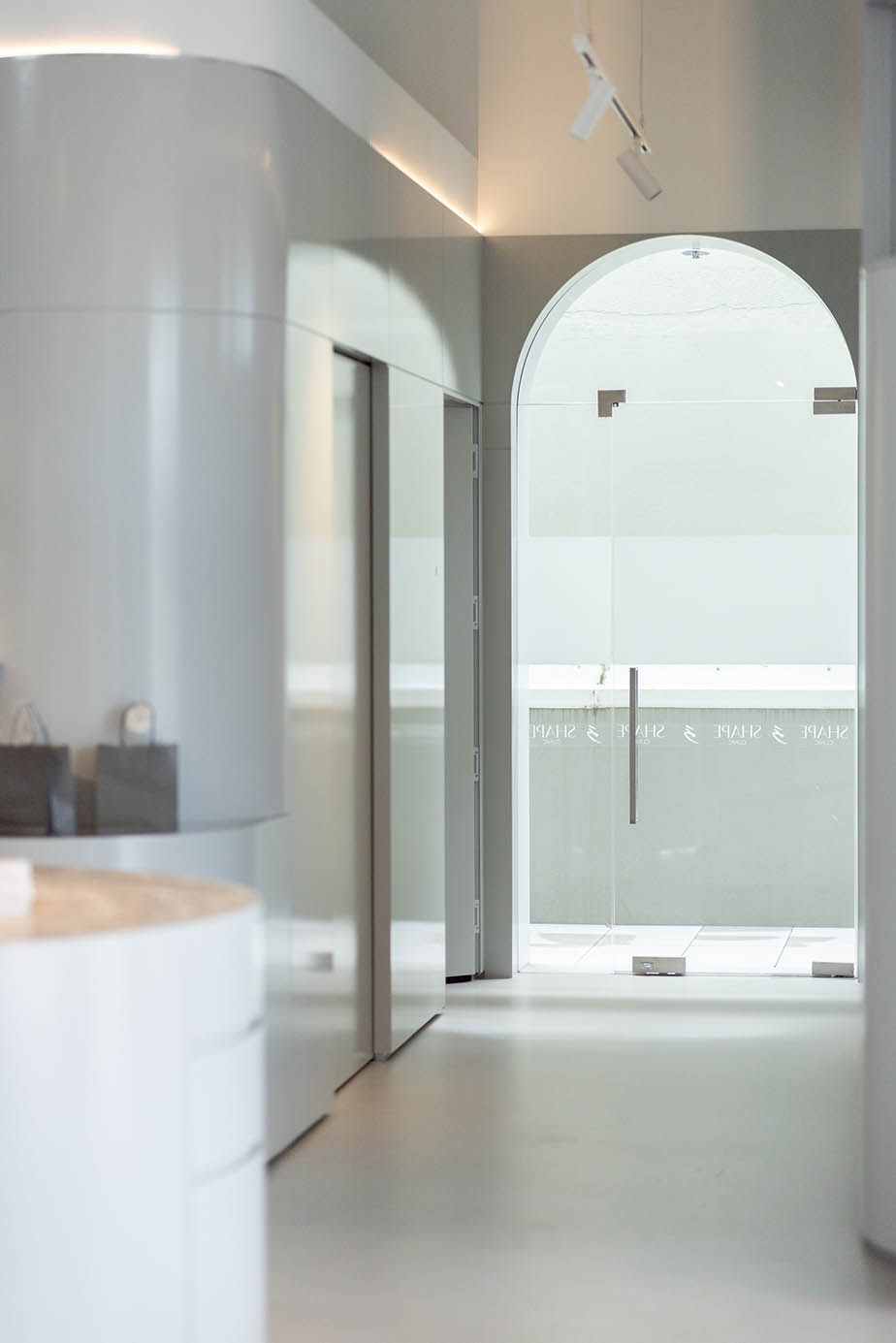
The Procedure
On the day of the procedure, the patient will receive a local anaesthetic to numb the treatment area. The Practitioner will then insert the threads into the patient’s skin using a small needle. Once the threads are in position, the Practitioner gently adjusts them, elevating and tightening the skin in the process. The entire procedure usually lasts 30-60 minutes, varying based on the scope of the treatment.
Recovery and Aftercare
The recovery period following the thread procedure is generally brief, and the majority of patients can return to their usual activities within a few days. However, it is advisable to refrain from engaging in strenuous activities and to keep the treated area clean and dry during the initial days post-procedure.
Patients may encounter bruising, swelling, and discomfort after the procedure. These can be alleviated with mild pain relievers and cold compresses. The overseeing practitioner may also suggest a specific skincare routine to support the healing process.
Results
The outcomes of a thread procedure are usually observable immediately after the procedure. However, it can take several weeks for the complete results to become evident as the skin adapts to the new thread positioning.
Here are thread rejuvenation reviews that will give you an idea of what to expect.
Final Thoughts
Thread rejuvenation offers a viable solution for people who wish to address areas of the face they would like to improve without undergoing surgery. However, it is important to recognise that the effectiveness of the procedure can vary from patient to patient.
Research into the procedure and finding a clinic that suits your preferences is recommended when undergoing any cosmetic procedure.
Dr Danae (Chee Zhen) Lim, Ahpra Registration MED0001188982, General Registration, Cosmetic Physician.
